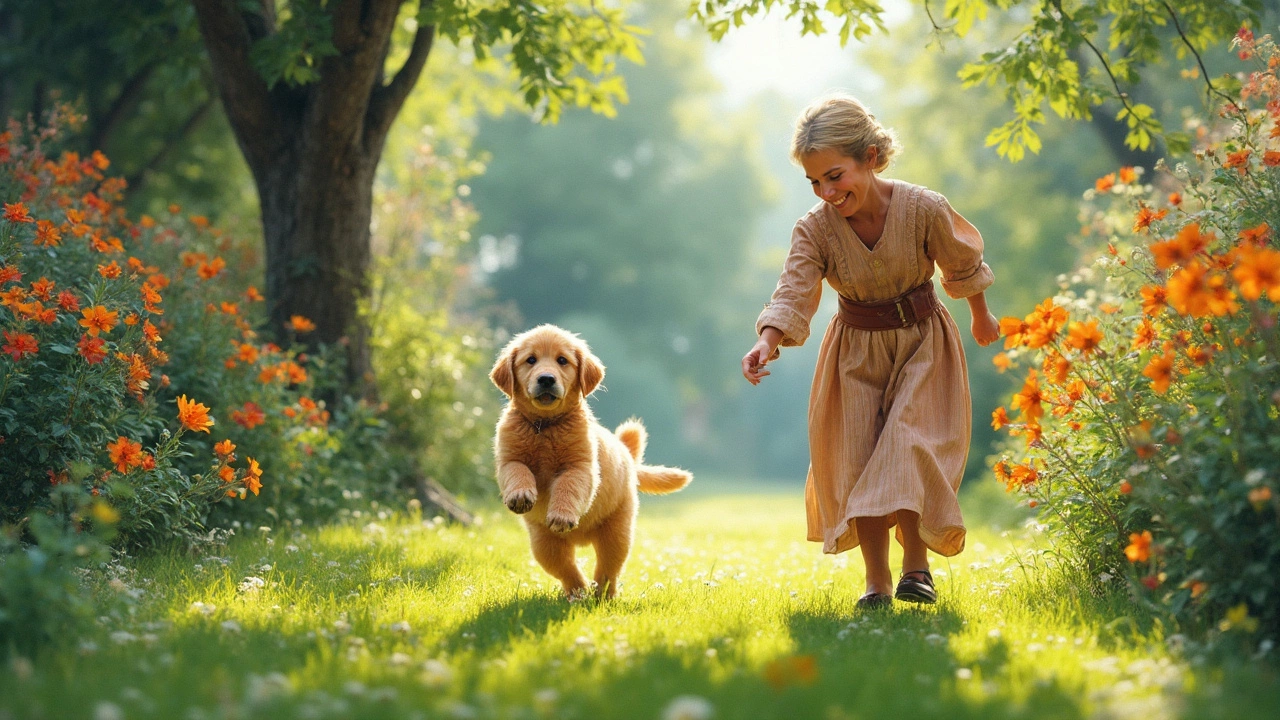Puppy Learning: Simple Tips for Training, Toys and Safety
Got a new pup and wonder how to turn that bundle of energy into a well‑behaved companion? You’re not alone. Below are real‑world ideas you can start using today, from the first "sit" to choosing chew toys that won’t wreck your couch.
Training Basics Every Puppy Needs
Start with short, fun sessions. A five‑minute lesson a few times a day keeps a puppy focused and prevents boredom. Pick a clear cue word like "sit" and pair it with a tasty treat. When the pup drops to a sitting position, say the cue, give the treat, and add a quick "good boy". Repeat until the puppy connects the word with the action.
Teaching "no" works the same way. Instead of scolding, redirect the behavior. If the pup nips your hand, say "no" in a calm tone, then hand over a chew toy. The puppy learns that biting stops play, while chewing on the toy keeps the fun going.
Crate training is another cornerstone. Place the crate in a quiet spot, put a soft blanket inside, and toss in a favorite toy. Feed meals inside the crate so the pup associates it with positive experiences. Gradually lengthen the time the puppy spends inside while you’re home, then try short departures.
Choosing the Right Toys for Learning and Chewing
Not all toys are created equal. Look for items marked as safe for puppies—no small parts that can be swallowed. Rubber chew toys with textured surfaces help soothe sore gums during teething. Soft plush toys are great for cuddling, but avoid those with squeakers if your pup tends to chew them apart.
Interactive toys boost mental sharpness. A simple treat‑dispensing ball forces the puppy to figure out how to roll it to release food. This kind of play tires them out mentally, which can reduce unwanted chewing on furniture.
When picking toys, consider size. A toy that’s too small can become a choking hazard, while a huge chew may be hard for a tiny mouth to grip. A good rule is to choose a toy that fits comfortably in the pup’s mouth and can be held with one paw.Rotate toys every few days. Puppies get bored quickly, so swapping out an old favorite for a new one keeps interest high and reduces the urge to explore other household items.
Finally, supervise early play sessions. Watch how the pup interacts with the toy; if it starts to break apart, replace it immediately. A quick check after each session helps you spot wear before it becomes a safety issue.
With consistent training, the right toys, and a safe environment, your puppy will pick up good habits faster than you might expect. Keep each lesson short, praise often, and stay patient—puppies learn best when they’re having fun.

When Do Puppies Learn Their Name?
Ever wondered how long it takes for those cute little furballs to learn their name? Understand when puppies typically recognize their name and discover helpful tips to teach them effectively. Dive into the fascinating world of puppy learning with fun facts and practical advice to make your training sessions a success. Learn about the role of toys in enhancing the learning process and make this journey enjoyable for both you and your puppy.
View more